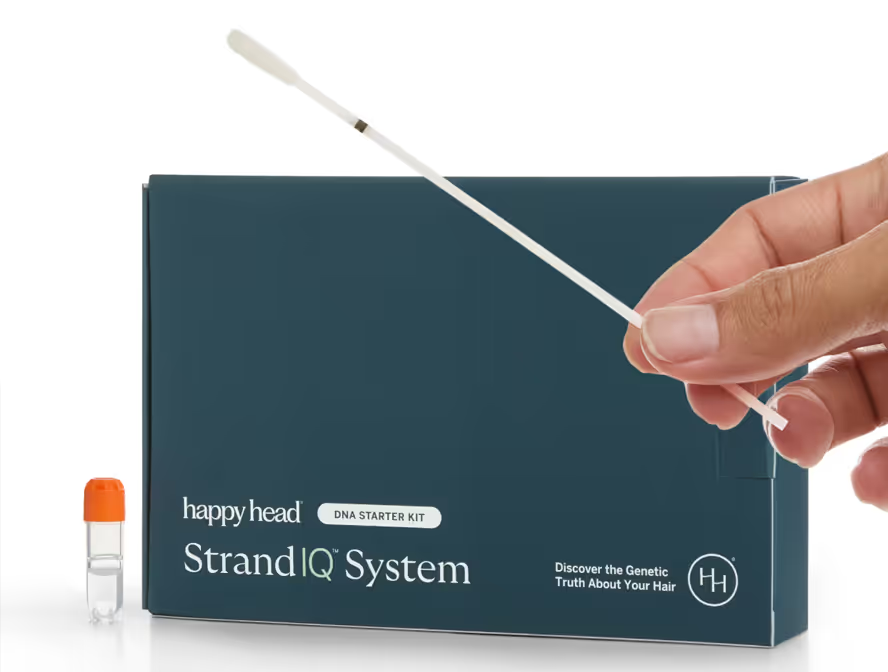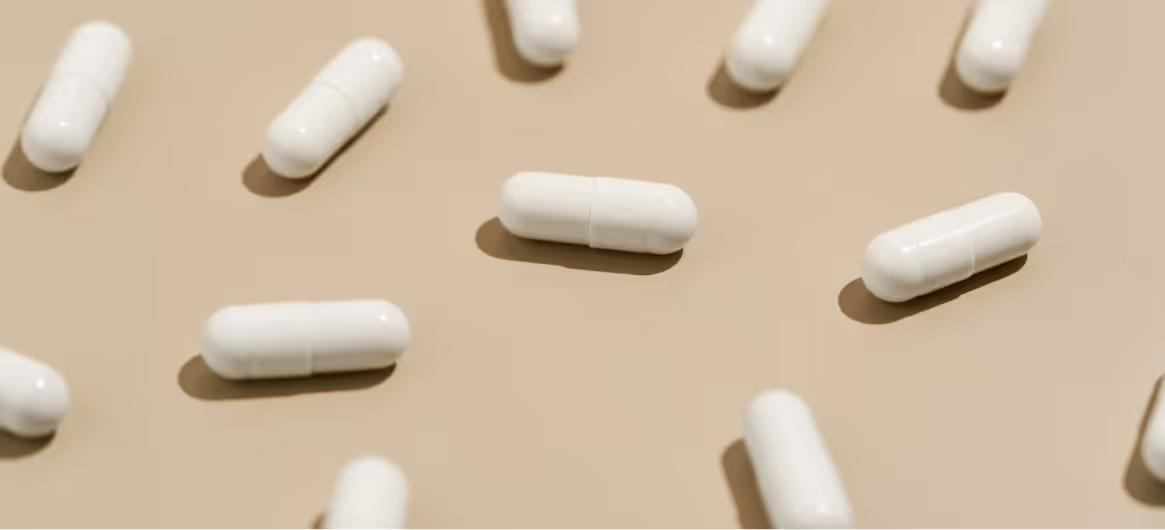Latanoprost is a medication first developed as an eye drop for glaucoma, but it’s also known for boosting hair growth—especially for lashes and brows. It helps by extending the hair’s growth phase, thickening each strand, and possibly waking up follicles that have gone dormant.
When used off-label for hair loss, Latanoprost is typically applied topically. While some people experience noticeable thickening and regrowth, others see minimal changes — and genetics can play a major role in this difference.
The Role of Genetics in Latanoprost Response
Latanoprost mimics prostaglandin F2α (PGF2α), a naturally occurring molecule involved in hair cycle regulation. Variants in genes that regulate prostaglandin production, breakdown, and receptor sensitivity — such as PTGFR (prostaglandin F receptor) — may influence how well the drug binds to follicle receptors and triggers growth.
Individuals with higher receptor sensitivity may see stronger results from Latanoprost, while those with reduced receptor activity might experience slower or weaker responses. Other factors, including inflammation-related genes (COX enzymes) and metabolic enzyme variants, can also affect how well the medication works in the scalp environment.
Effectiveness Levels and What They Mean
High likelihood – If your Happy Head StrandIQ™ report suggests you have good prostaglandin receptor function, making you more likely to see a strong response to Latanoprost.
Moderate likelihood – Your genes may slightly reduce receptor sensitivity or signaling, meaning results may be slower or require supportive strategies.
Low likelihood – Your genetic profile may significantly limit Latanoprost effectiveness, requiring additional or alternative growth-promoting options.
Top Strategies for High Effectiveness
If your StrandIQ analysis suggest a strong response to Latanoprost:
- Follow consistent application
Daily use helps maintain steady receptor activation. - Support follicle health
Keep the scalp clean and moisturized to maximize absorption. - Monitor progress
Take monthly photos to track changes over time. - Avoid product interference
Don’t layer Latanoprost with harsh alcohol-based solutions that may reduce absorption.
Optimizing Results at Moderate Effectiveness
If your genetics indicate a moderate response to Latanoprost:
- Pair with other stimulants
Talk to your Happy Head dermatologist about combining Latanoprost with minoxidil or microneedling to enhance follicle activation. - Boost scalp circulation
Massage the scalp before application to improve delivery. - Reduce inflammation
Use antioxidant-rich scalp serums or shampoos to maintain a healthy environment for Latanoprost activity. - Consider timing
Apply in the evening to allow maximum contact time overnight.
Low Effectiveness: Advanced Strategies
If your StrandIQ™ analysis suggests Latanoprost may be less effective:
- Explore additional treatments
Combine with PRP (platelet-rich plasma), low-level laser therapy, or prescription hair loss medications. - Address root causes
Check for hormonal imbalances, nutrient deficiencies, or chronic inflammation that could be limiting results. - Explore alternative prostaglandin options
Some people get better results with different versions of this type of medication, so it can be worth exploring alternatives. - Consult a specialist
Your Happy Head dermatologist can tailor a regimen that compensates for reduced genetic sensitivity.
The Bottom Line
Latanoprost can be a powerful hair growth enhancer, but your genetic prostaglandin profile plays a big role in determining how well it works for you. Whether you’re in the low-, moderate-, or high-likelihood group, aligning your approach with your genetic makeup can maximize your chances of success.
Resources
StrandIQ SNP Marker Count: 3
StrandIQ Genes for Trait:
PTGFR
References:
Blume-Peytavi, U., et al. (2012). A randomized double-blind placebo-controlled pilot study to assess the efficacy of a 24-week topical treatment by latanoprost 0.1% on hair growth and pigmentation in healthy volunteers with androgenetic alopecia. Journal of the American Academy of Dermatology, 66(5), 794–800. PMID: 21875758.
Cornejo-García, J.A., et al. (2016). Pharmacogenomics of prostaglandin and leukotriene receptors. Frontiers in Pharmacology, 7, 316. PMID: 27708579.
Coronel-Pérez, I.M., et al. (2010). Latanoprost in the treatment of eyelash alopecia in alopecia areata universalis. Journal of the European Academy of Dermatology and Venereology, 24(4), 481–485. PMID: 20028444.
Rafati, M., et al. (2022). The effect of latanoprost 0.005% solution in the management of scalp alopecia areata, a randomized double-blind placebo-controlled trial. Dermatology Therapy, 35(6), e15450. PMID: 35289043.
Ussa, F., et al. (2015). Association between SNPs of metalloproteinases and prostaglandin F2α receptor genes and latanoprost response in open-angle glaucoma. Ophthalmology, 122(5), 1040–1048.e4. PMID: 25704319.
This content, including StrandIQ™ DNA analysis reports and any Happy Head products and/or services referenced therein, is for informational and cosmetic purposes only. It is not intended to diagnose, treat, cure, or prevent any disease. This content does not constitute medical advice and should not be used to make healthcare decisions. References to prescription treatments are educational in nature. Always consult a licensed healthcare professional for any medical concerns or treatment decisions.








.avif)

